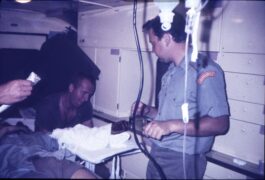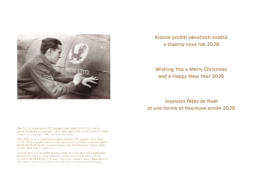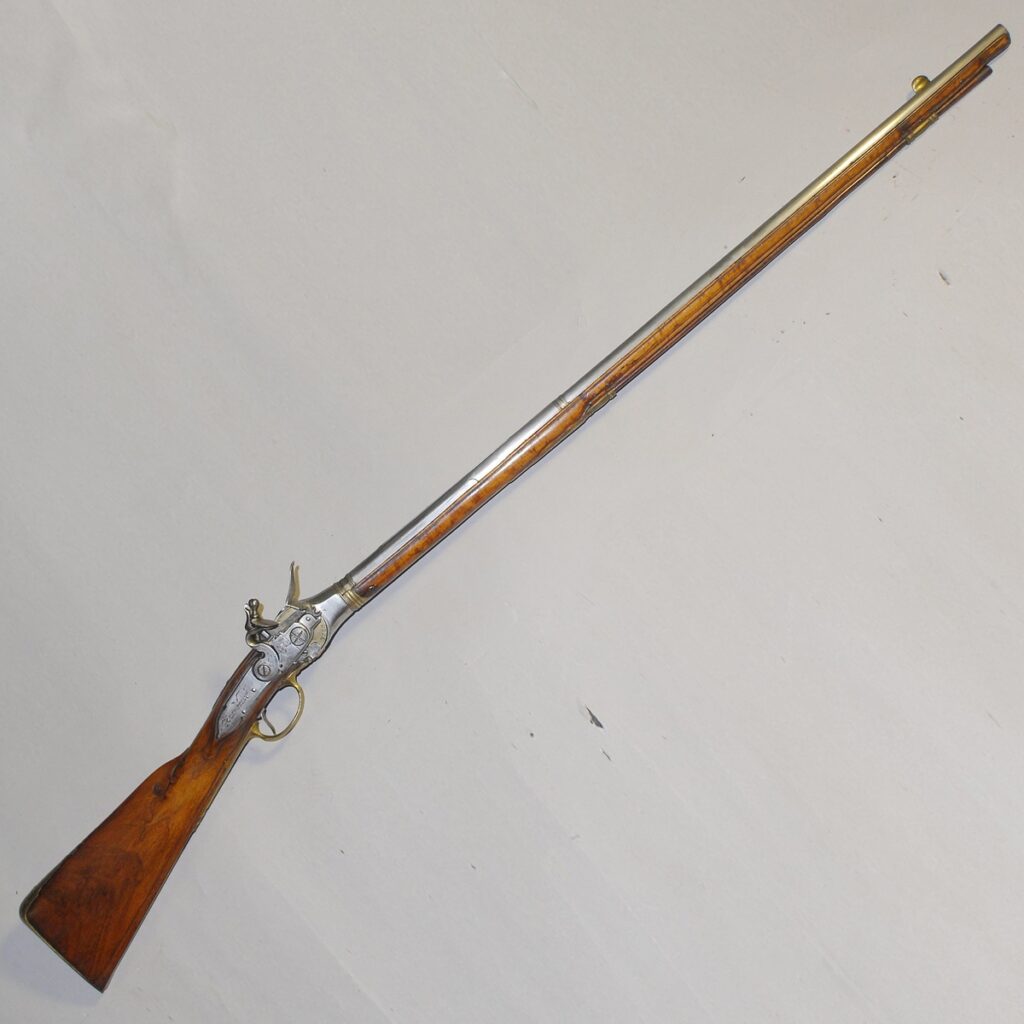
05 French Flintlock Magazine Gun, Berselli, Bologna, c. 1690
Fotogalerie
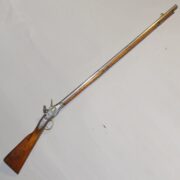
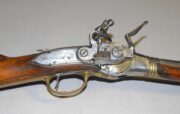

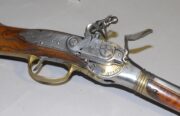

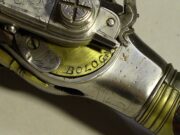
At the end of the 17th and in the 18th century, repeating rifles and pistols became widespread, the designers of which are considered to have been Italian gunsmiths Lorenzoni and Berselli, as well as other gunsmiths of Italian or foreign origin, some of whom described themselves as the inventors of this system.
Two tubular magazines for gunpowder and bullets were placed in the stock of the rifle or in the pistol butt. A lever on the left side rotates the cross cylinder. The required amount of powder and bullets is transferred into the recesses from the magazines and fed into the barrel. When manipulating the lever, the gun had to be tilted with the muzzle towards the ground to allow the bullets and powder to fall into the recesses in the cross cylinder. As the lever was moved, the cock was simultaneously cocked to the safety position and powder from a small magazine included in the lock was poured into the pan.
The system looks complicated, but the dozens of rifles and pistols of this design that have survived show that the weapons must have been effective. Their rate of fire was then many times higher compared to conventional single-shot muzzle-loading rifles.
These repeaters were produced mainly by Italian and British gunsmiths, but also by Germans, Austrians and others. The pistol shown here is marked with “BERSELLI BOLOGNA”. Giacomo and Francesco Berselli worked there around the same time.
Length 515 mm, barrel length 286 mm, 11 mm calibre, weight 1,312 g.
Aktuálně
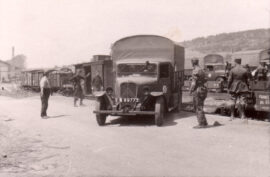
Oceňovaní spojenci - Pozemní útvary československé branné moci v bitvě o Francii očima francouzského velení

Vánoce a přelom roku v zahraniční misi na Slovensku v roce 2022

Prosinec 1944 – oficiální vydání prvních poštovních známek osvobozeného Československa
